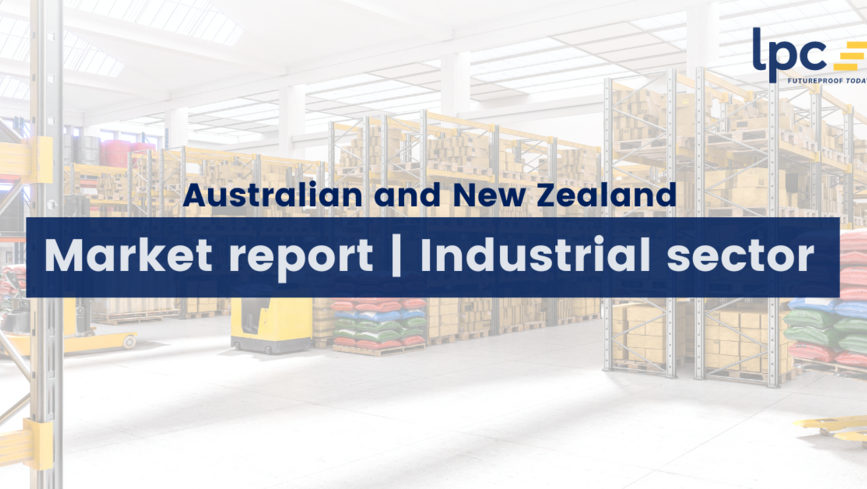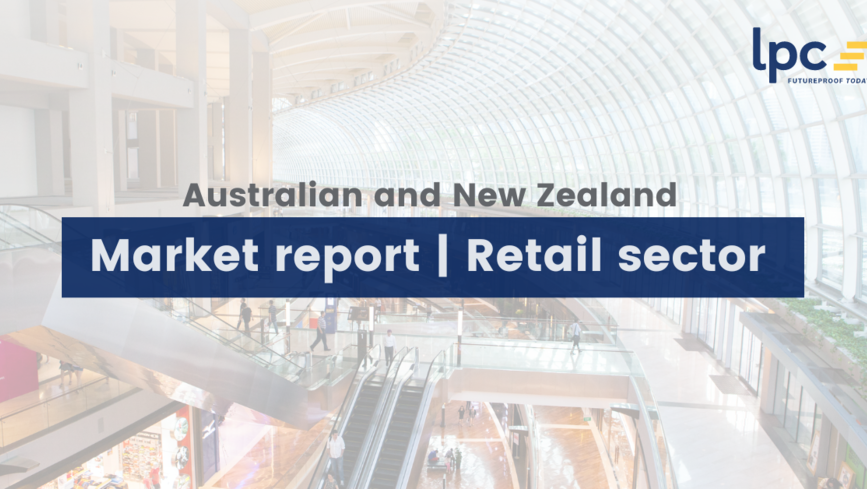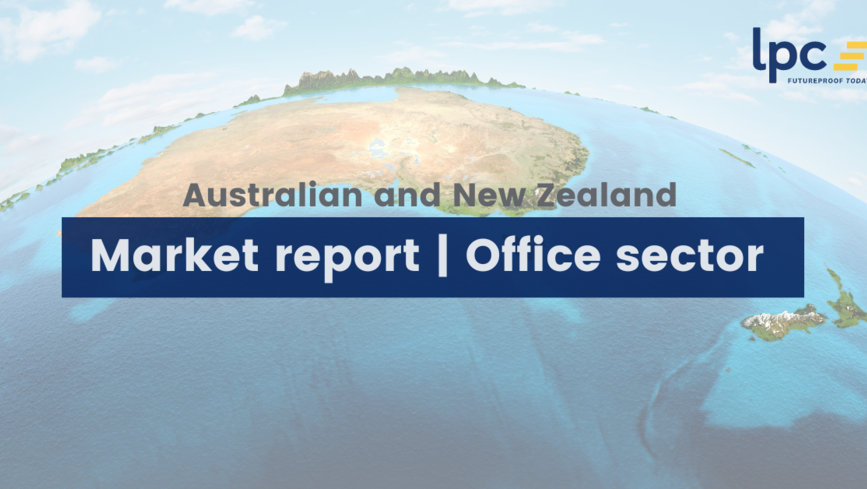Market reports

The Australian office market is currently favoring tenants due to the impact of hybrid working and reduced space requirements. Vacancy rate observed an increase from 13.4% to 14.1% over the six months to July 2023. However in New Zealand, vacancy remain steady. Sublease vacancies have increased in Q3, providing tenants with more options and opportunities for favorable deals. Landlords are innovating to attract tenants, offering unique amenities like gyms and collaborative spaces. Flexible workspaces are in high demand, offering lease flexibility, scalability, and reduced costs. ESG principles and partnerships with landlords are becoming crucial for occupiers. Subleasing is gaining popularity, with longer tenures and attractive incentives. The key recommendation for clients is to focus on lease structure before expiration to navigate the evolving office market conditions effectively.

The industrial market remains at ultra-low vacancy levels across all markets. Sydney remains the lowest industrial vacancy rate of any city worldwide. Brisbane, Adelaide, and Perth vacancy rates increased marginally to 0.6%, 0.9%, and 0.6%, respectively. With the increase in face rents and with limited incentives on offer, some larger tenants are looking to move their operations out of Sydney to more affordable locations. Whilst new stock is set to hit the market, this will not have a material impact on vacancy rates as most new developments are subject to tenant pre-commitment.

With high inflation negatively impacting consumer discretionary expenditure, retail tenants are bracing for a demand reduction, with several major retailers reporting a drop in sales and units sold during Q2. To mitigate the risk of reducing demand, some retail tenants are reducing stock orders in the lead-up to the festive season. Whilst one would expect reduced retail demand to strengthen tenant leverage in lease negotiations, limited choice and access to information remain challenging for tenants seeking to renegotiate and contain occupancy costs.

The office market presents a mixed picture in Q2 2023. Brisbane continues to see CBD vacancy decrease in contrast to the rest of Australia's CBD markets, where vacancy rates are increasing, especially the Sydney and Melbourne markets, which experience reduced demand and increased supply. Tenants seek shorter leases, less space, and greater flexibility to mitigate business risk. The flight to quality continues with an increasing tenant emphasis on ESG and green buildings.

The industrial real estate market continues to witness a steady decline in vacancy rates. In a previous update, we highlighted that Sydney had the lowest industrial vacancy rate of any city worldwide at 0.3%; that rate has now decreased to 0.2%. As a result of the low vacancy rates, net face rents have been on a continuous upward trend across all industrial markets. Nevertheless, it remains to be seen whether current economic conditions will have any impact. Our industrial space users will face significant challenges navigating this tough market.

Despite the rising interest rates and cost of living pressures, face rents and annual rent increases are on the upswing across most retail sectors. This trend persists despite households cutting down on non-essential spending. Retail rent reviews are typically based on CPI, commonly on a CPI plus 2% basis. According to the latest national CPI figure for March 2023, it now stands at 7%, up from 5.1% a year ago. As a result, some of our retail tenants on a CPI plus 2% review basis may now face their second consecutive year of rent increases of around 7% to 9%, even as the demand for non-essential goods falls. The current economic climate suggests retail deals should be seen as tenant-incentivised however, the trends suggest otherwise.

According to the Property Council's office vacancy stats from January 23, our largest office markets present a mixed picture. Brisbane and Perth and their suburban markets are experiencing positive net demand and declining vacancy rates. Meanwhile, Sydney and Melbourne and their suburban markets, Parramatta being the only exception, are seeing negative demand and increased vacancy. Brisbane and its fringe has recorded over 150,000 square metres of positive net absorption in the past year. Despite these diverging trends, the flight to quality remains a prevailing theme, with most premium-grade markets recording positive demand. As tenants seek to entice their workforce back to the office and companies evolve their ESG policies, the environmental and sustainability factors of the building are becoming increasingly important in premises decisions. Consequently, lower-grade assets may struggle.

Vacancies continue to rise in the two biggest office markets of Sydney and Melbourne, both up by 1% from July 2022 as a result of negative demand. The Sydney CBD saw negative demand across A, B and C Grade stock, however the Premium Grade stock demand remained positive as a result of the post-Covid trend of flight to quality buildings. The Perth, Adelaide and Canberra markets also saw a rise in vacancy over the last six months. Non-CBD vacancy as a whole rose across Australia, with all Sydney non-CBD markets recording an increase in vacancy apart from Parramatta with the only positive demand of just under 13,000sqm. Hobart remains the tightest market in Australia at 2.5% vacancy. Brisbane saw a further decrease in vacancy down to 12.9% and continued to see positive demand at more than 40,000sqm. This is four times the historical average for Brisbane. Watch our Office Market Update and download our Office Market Reports for more information...